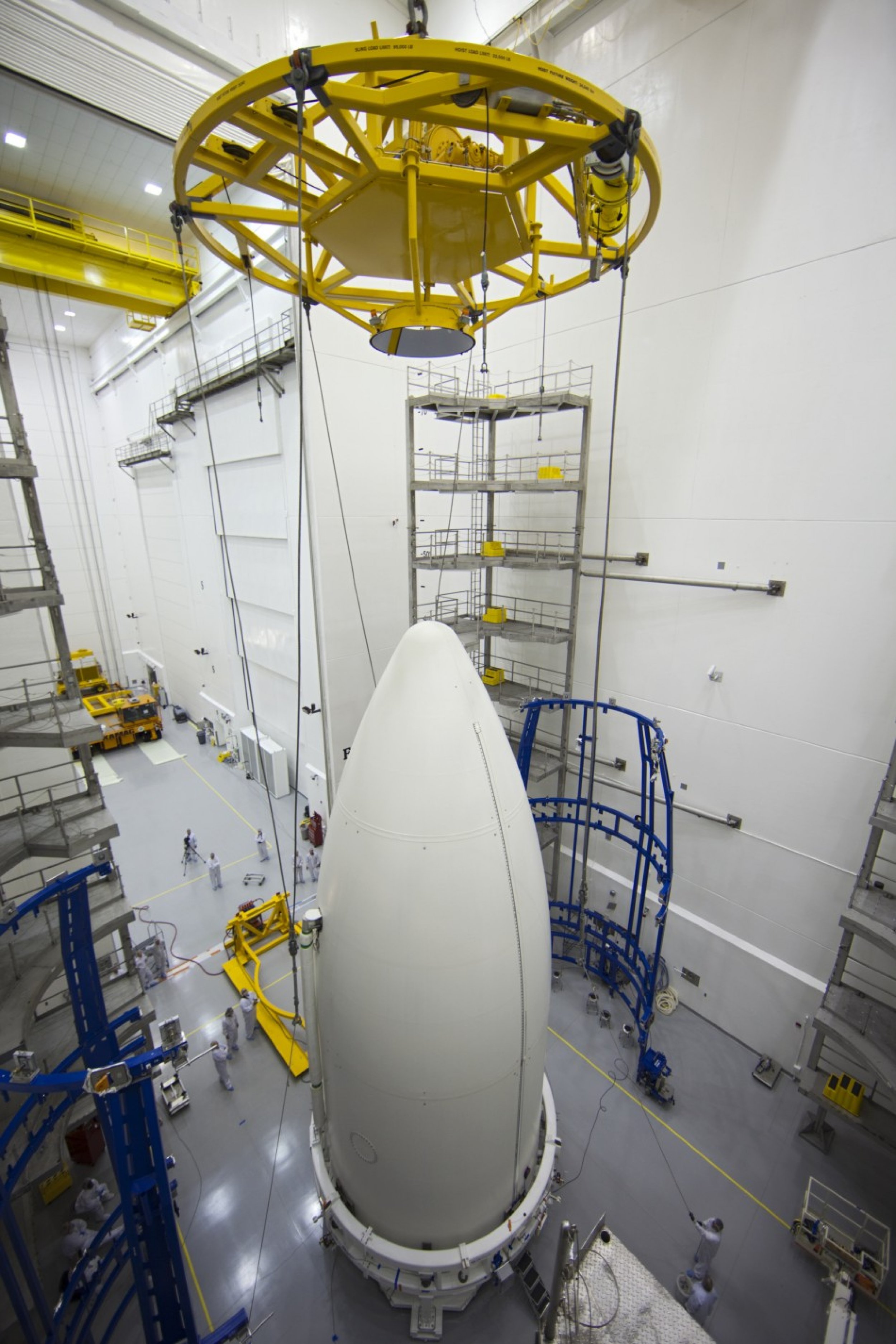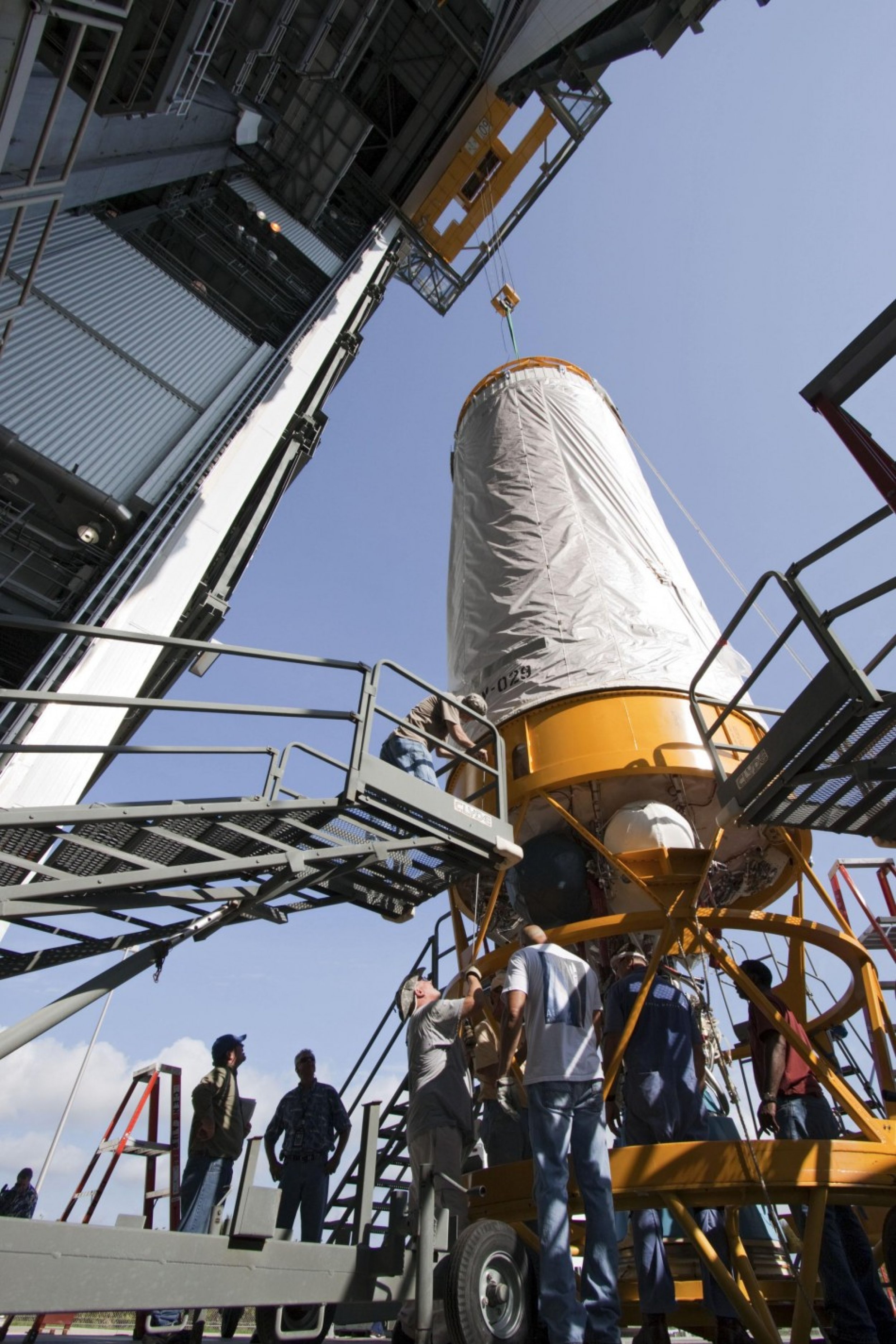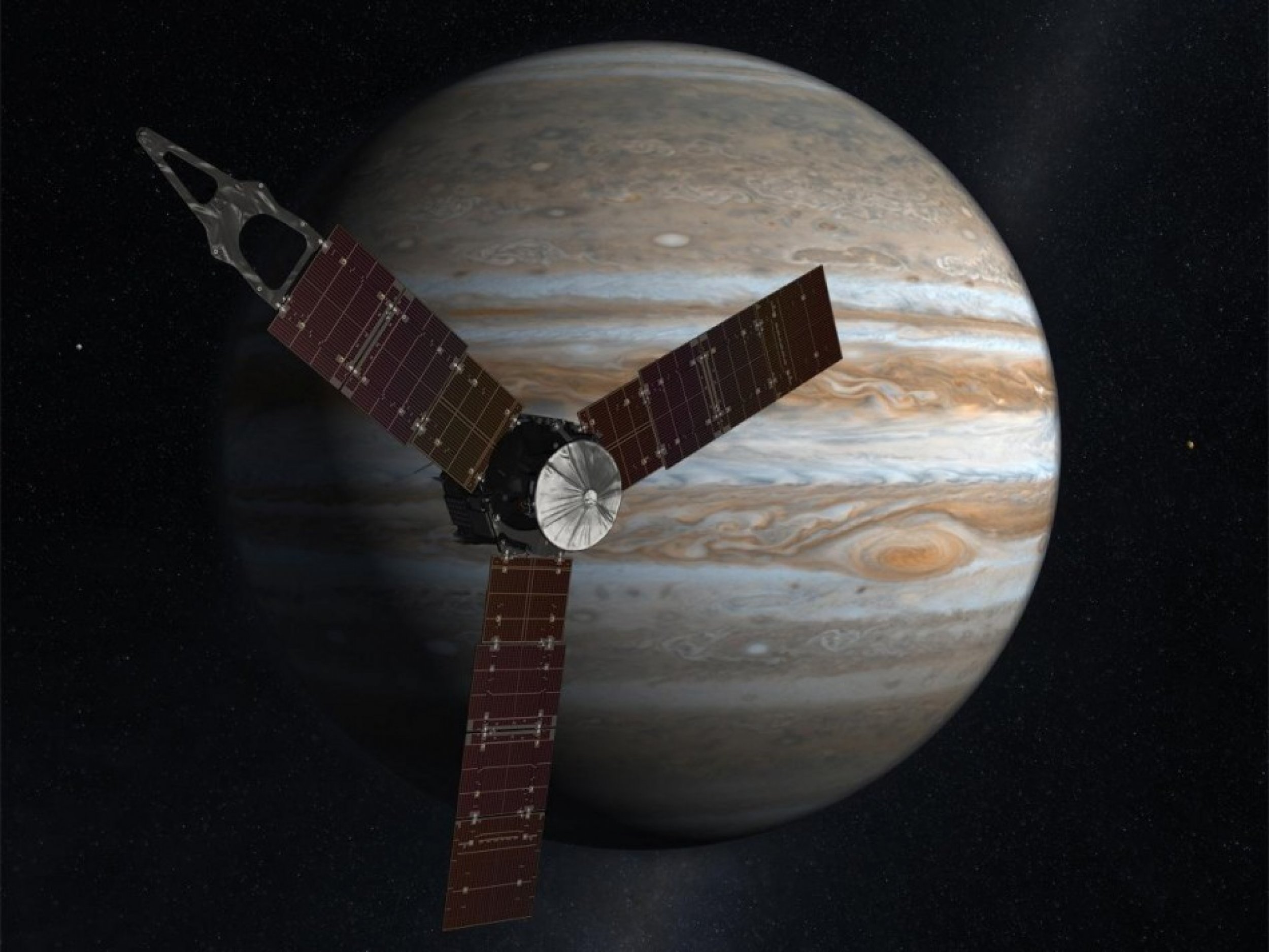NASA?s Juno Mission to Launch Friday to Probe Jupiter [VIDEO & PHOTOS]
NASA spacecraft will launch a five-year journey on Friday to conduct a deep examination of the interior of the largest planet in the solar system to see if there is a hidden core below the thick atmosphere.
The $1.1 billion Juno mission will blast off from Florida aboard an Atlas V rocket, embarking on a 400-million-mile journey. The solar-powered spacecraft is expected to arrive in 2016 and will have to make a precise orbit over the planet's poles.
Once in Jupiter, the spacecraft will spend about one Earth year making 33 elliptical polar orbits, going as close as 3,100 miles above the clouds.
"All systems are ready to go," Jan Chodos of NASA's Jet Propulsion Laboratory in Pasadena, Calif., said at a briefing.
USA Today reported that after the launch aboard Atlas V, the 8,000-pound spacecraft will unfold three 29-foot long solar panels to provide power to Jupiter, five times farther from the sun than Earth is.
"We're getting closer to Jupiter than any other spacecraft has gone," mission chief scientist Scott Bolton of the Southwest Research Institute in San Antonio told USA Today.
Juno will also try to measure the depth of Jupiter's "Red Spot," which is a massive hurricane-like storm more than 15,000 miles wide.
The gas giant Jupiter is a mainly made up of hydrogen and helium.







© Copyright IBTimes 2024. All rights reserved.












